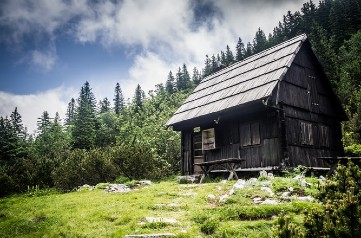Energy options
Most people think of green energy savings in terms of switching to solar power and/or wind generation. There are also other alternatives such as hydropower and tapping into geothermal heat. These things can certainly help reduce (and in some instances completely eliminate) your reliance on gas, hydrocarbons and electric grid power.
However, it’s also worth bearing in mind that not all options are open to everyone. Constraints include finances, location, orientation, relief and microclimate etc. For example, wind turbines can be very expensive and hydropower is only possible if you can connect a turbine to a sufficiently fast flowing local water source.
Making the most of energy and resources
However, regardless of any limitations you can still potentially increase your options as well as optimising energy usage and retention.
Increasing your options
This can be done by connecting and collaborating with others either locally, in a joint-venture or as part of a group or community.
For example, if you join forces with someone when buying land/property then your buying power can increase. In some cases, this may lead to purchasing larger plots (or land in a more favourable location) and having more capital available to buy e.g., a wind turbine, or drill a borehole (for your own water rather than mains water).
If you are interested in joint ventures or funding projects jointly with others then you can use this website to place or browse ads to find joint venture or funding collaborators.
Maximising energy/resource usage and retention
A lot of energy and resources are wasted. This happens all the time and in a wide variety of ways. A simple example is drinking a cup of tea. You buy the tea (which may have been transported from Asia), heat up a kettle (possibly using gas), bin the (plastic) teabag, go to the toilet and flush. Toilets conventionally use clean mains water (effectively drinking water) and everything is washed away offsite.
Now consider this alternative…
You forage for plants locally and make your own herbal tea, heating the water via power from your solar panels. You put the leaves in your compost bin, go to a composting toilet and use your nitrate-rich diluted urine to nourish trees on your land.
In this second example, there is no big carbon footprint, far less water is used, and you are simultaneously fertilising your land.
If you think this makes a lot of sense and want to learn more, then you should connect with permaculture practitioners, or do some research to find out more about permaculture.

